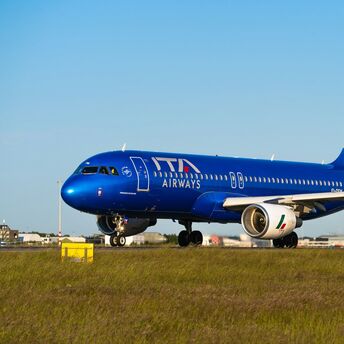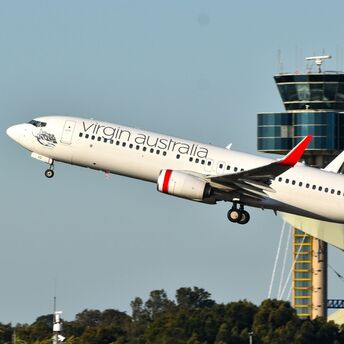Iberia Adds Direct Madrid–Toronto Flights, Expanding Travel Options

Iberia is set to launch direct flights connecting Madrid and Toronto in June 2026, establishing a fresh transatlantic route. The airline's plan is to operate the service five times a week, utilizing the Airbus A321XLR. This move is part of a larger strategy within Iberia's long-haul network, as the airline incorporates aircraft designed for medium-demand intercontinental destinations. This allows Iberia to avoid depending solely on larger wide-body planes or itineraries with multiple stops.
The selection of the A321XLR reflects a shift toward aircraft that can operate long-distance flights with lower fuel consumption and greater operational flexibility. Its range allows airlines to add direct routes that were previously less viable with larger fleets. For passengers, the planned service establishes an additional nonstop option between Southern Europe and Canada, potentially reducing the need for connections through major transit hubs on either side of the Atlantic.

The route offers direct access to a city recognized for its diverse neighborhoods and wide range of public facilities. Areas such as the downtown core, the waterfront along Lake Ontario, and several cultural districts are reachable through established transport systems. Museums, galleries, and event venues form part of the city’s year-round activity patterns, giving visitors multiple possibilities for planning both short and extended stays.
The new connection also provides access to several destinations outside Toronto that attract steady visitor traffic. Niagara Falls remains one of the most visited natural sites in the region and is reachable within a relatively short travel time. Surrounding communities, provincial parks, and conservation areas offer different types of recreational settings, including seasonal trails and outdoor spaces that complement the urban environment without requiring extensive planning or complex logistics.

The introduction of the Madrid–Toronto route highlights ongoing adjustments in international aviation, where carriers reevaluate networks in response to passenger flows, available aircraft, and operational costs. For travelers, the development adds an additional option for movement between Europe and Canada at a time when direct transatlantic services continue to evolve. Its long-term influence will depend on demand levels, competitive offerings, and how the route fits into broader regional travel patterns.



















